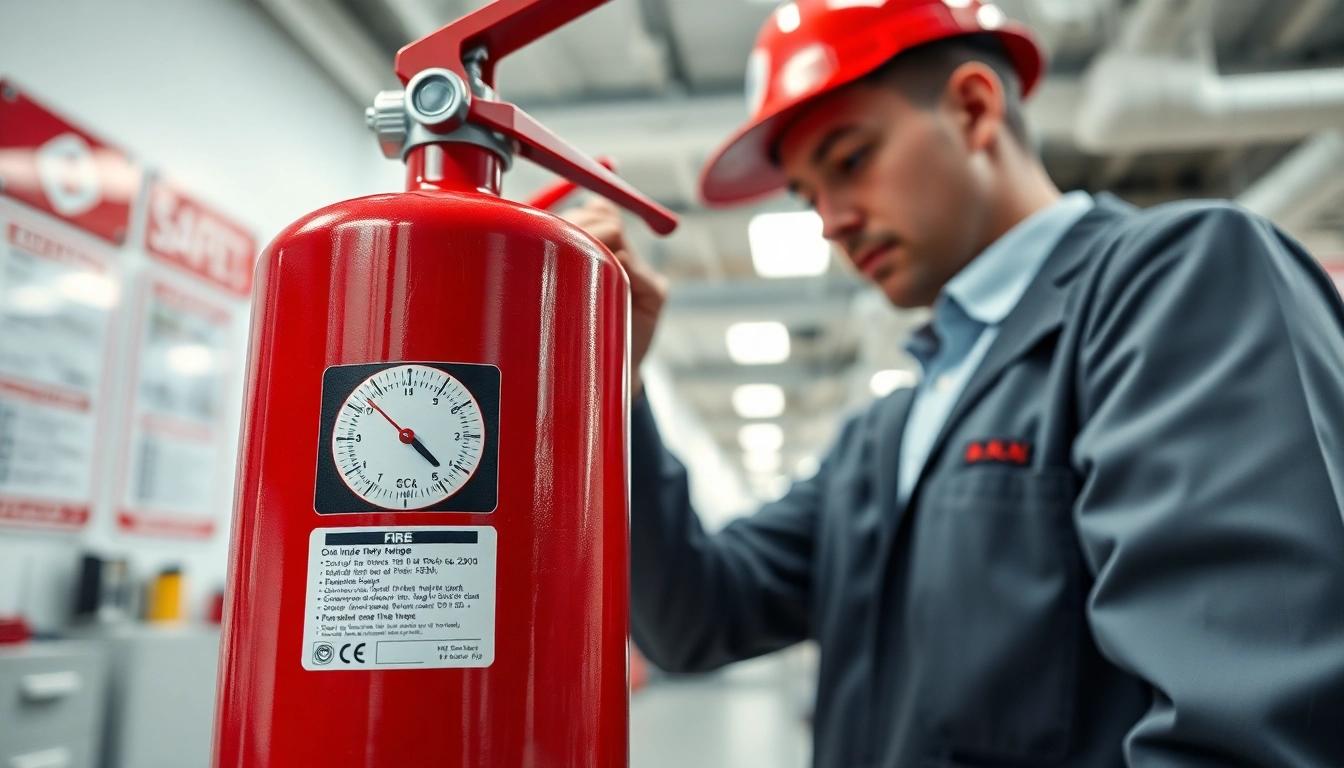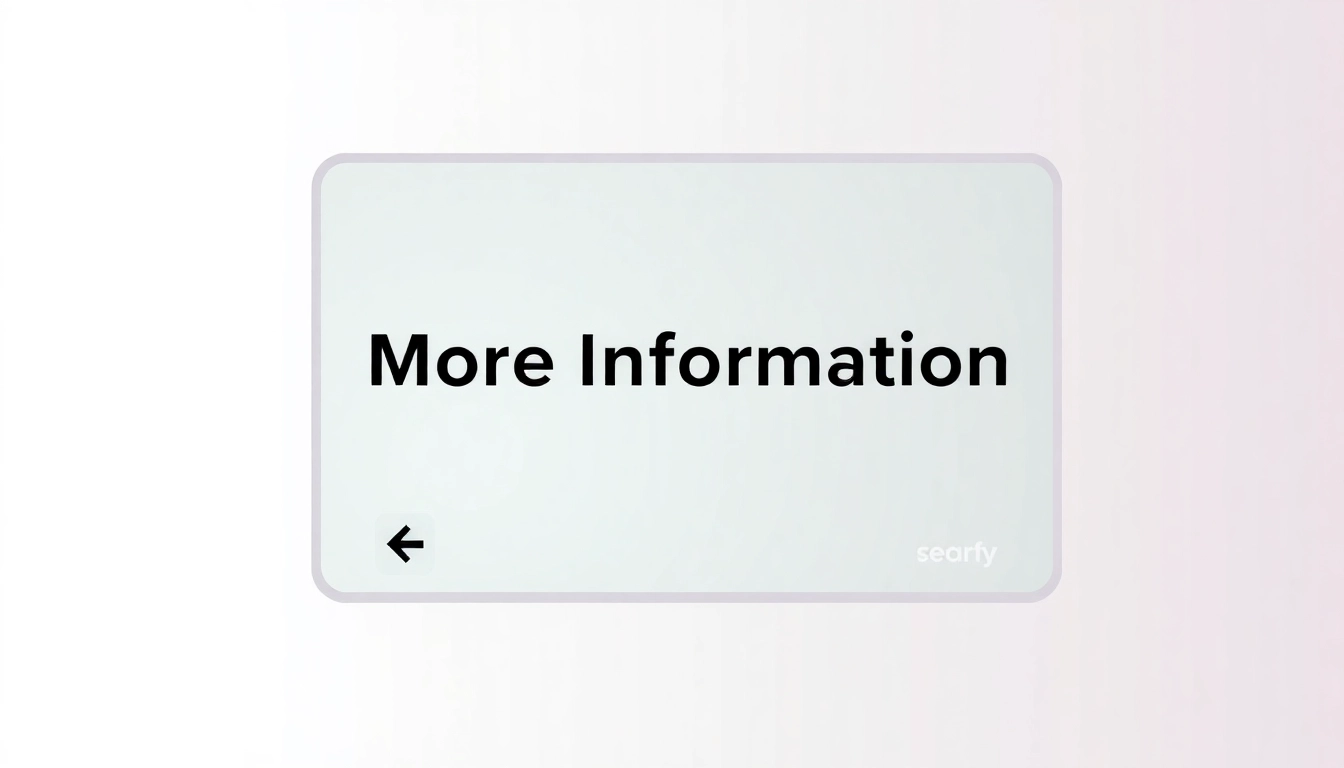Understanding Fire Extinguisher Checks
Fire extinguishers are critical components of any safety protocol, providing the first line of defense against fires in residential and commercial settings. However, simply having them on-site is insufficient; they require regular checks to ensure they function properly in emergencies. These inspections, commonly referred to as fire extinguisher checks, are vital for maintaining compliance with safety regulations and ensuring peace of mind for occupants. In this article, we will explore the essential aspects of fire extinguisher checks, covering their importance, types, inspection processes, best practices for maintenance, and relevant regulations.
What Are Fire Extinguisher Checks?
Fire extinguisher checks comprise a series of systematic evaluations performed monthly and annually to ensure that extinguishers are in optimal working condition. These checks assess various factors, including accessibility, pressure levels, and physical damage. Regular inspections not only help to meet legal requirements but also maximize the chances of successfully extinguishing a fire if one occurs.
Importance of Regular Inspections
The significance of regular fire extinguisher inspections cannot be overstated. According to the National Fire Protection Association (NFPA), improper maintenance of fire extinguishers is one of the leading causes of fire-related injuries and fatalities. By adhering to a routine inspection schedule, property owners can:
- Ensure extinguishers are ready for immediate use in an emergency.
- Comply with local fire codes and regulations.
- Mitigate liability risks associated with fire accidents.
- Enhance safety awareness among employees and occupants.
Common Types of Fire Extinguishers
Understanding the different types of fire extinguishers is crucial for effective fire safety planning. The most common types include:
- Water extinguishers (Class A): Suitable for ordinary combustibles such as wood, paper, and cloth.
- Foam extinguishers (Class A and B): Effective against flammable liquids and solids.
- Dust extinguishers (Class D): Used for burning metals, found typically in manufacturing settings.
- C02 extinguishers (Class B and E): Ideal for electrical fires and flammable liquids.
- Wet chemical extinguishers (Class K): Specifically designed for kitchen fires involving cooking oils and fats.
How to Conduct Fire Extinguisher Checks
Step-by-Step Inspection Process
Conducting a thorough fire extinguisher inspection involves a step-by-step process that ensures all essential aspects are covered. A successful inspection should follow these steps:
- Visual Inspection: Check for visible damage, leaks, rust, or corrosion.
- Accessibility Check: Ensure the extinguisher is easily accessible and not obstructed by furniture or clutter.
- Pressure Gauge Assessment: Confirm that the pressure gauge reads within the operational range as indicated.
- Inspection Tag Review: Validate the presence of a current inspection tag, which provides details on the last inspection date and next due date.
Monthly Visual Checks
Performing monthly visual checks is essential for ongoing safety. These checks do not require specialized training and can be performed by anyone responsible for maintaining safety standards in a facility. During these checks, look for:
- Signs of physical damage or wear.
- Accessibility issues.
- Pressure gauge status.
- Condition of the nozzle and other components.
Annual Professional Inspections
In addition to monthly checks, it is critical to schedule annual professional inspections performed by certified fire safety professionals. These inspections generally include a more detailed examination, which may involve:
- Internal examination of the extinguisher components.
- Hydrostatic testing (required every five to twelve years depending on the type of extinguisher).
- Complete replacement of parts that are defective or expired.
- Updating inspection tags and documentation.
Best Practices for Fire Extinguisher Maintenance
Storage and Placement Guidelines
Proper storage and placement of fire extinguishers are crucial for ensuring their readiness in an emergency. Follow these best practices for effective placement:
- Install extinguishers near exits and high-risk areas, such as kitchens or mechanical rooms.
- Mount extinguishers at least 3.5 feet above the ground for easy access.
- Use signage to clearly indicate extinguisher locations, especially in large facilities.
Maintaining Proper Pressure Levels
Management of pressure levels is essential for the operational efficiency of extinguishers. Each extinguisher should have a pressure gauge indicating whether the pressure is within the acceptable range (typically in the green zone). Regular monitoring and servicing of pressure are necessary to prevent failure during a fire emergency. If the gauge indicates low or high pressure, the extinguisher should be serviced or replaced immediately to ensure functionality.
Documentation and Record-Keeping
Keeping accurate records of fire extinguisher checks, inspections, and maintenance activities is a significant aspect of fire safety management. Documenting the following information is critical:
- Date of inspection and checks performed.
- Name of the individual doing the inspection.
- Details of any issues encountered and corrective actions taken.
- Next scheduled inspection date.
These records aid in compliance with local regulations and can be invaluable during audits or inspections by fire safety authorities.
Understanding Fire Extinguisher Regulations
NFPA Standards Overview
The National Fire Protection Association (NFPA) establishes standards that govern fire safety management, including the inspection, testing, and maintenance of fire extinguishers. According to NFPA 10, the following requirements must be adhered to:
- Extinguishers must be inspected when initially installed, and at least monthly thereafter.
- Annual professional inspections are required to assess the proper function and compliance with current codes.
Local Fire Codes and Requirements
In addition to adhering to NFPA standards, it is essential to comply with local fire codes. These codes may vary significantly based on jurisdiction and type of building. Consultation with local fire marshals or fire protection agencies is advisable to ensure compliance with all applicable regulations. Building codes may also dictate the minimum number and type of fire extinguishers required based on the size and use of the building.
Consequences of Non-Compliance
Failing to comply with fire extinguisher regulations can lead to serious repercussions. Potential consequences include:
- Fines and penalties imposed by fire safety authorities.
- Increased liability in the event of a fire and resulting injuries or damages.
- Legal repercussions stemming from negligence.
In some severe cases, non-compliance may result in closure orders for businesses that do not meet safety standards.
Conclusion and Summary of Fire Extinguisher Checks
Recap of Key Inspection Steps
In summary, effective fire extinguisher checks are a fundamental component of fire safety management. Regular inspections, both visual and professional, ensure that extinguishers are ready for use. Key inspection steps include:
- Conducting monthly visual checks.
- Engaging professional services for annual inspections.
- Maintaining proper documentation for accountability.
Resources for Further Learning
To further enhance your knowledge of fire extinguisher checks and fire safety management, consider exploring resources from:
- The National Fire Protection Association (NFPA)
- Local fire departments that often provide educational materials and workshops.
- Fire safety organizations that specialize in training and certifications.
Final Safety Tips to Remember
As you implement regular fire extinguisher checks, keep these safety tips in mind:
- Always ensure that your fire extinguishers are inspected regularly, both visually and professionally.
- Educate staff and occupants on the proper use of fire extinguishers.
- Stay updated on local and federal regulations to maintain compliance.
By prioritizing fire safety and adhering to best practices for fire extinguisher checks, you contribute to a safer environment for everyone.



